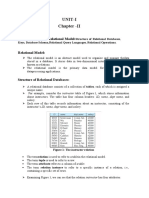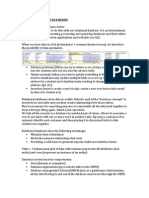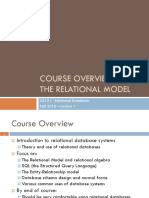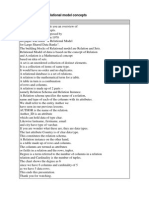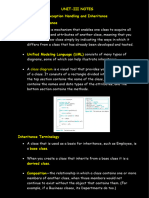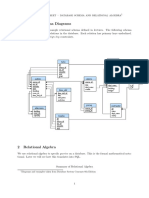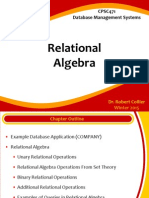0% found this document useful (0 votes)
5 views6 pagesRelational Model Basics
Descriptive notes about the Relational Model for DataBase Management System.Usefull for BCA,BTech,Msc-IT
Uploaded by
HitanshCopyright
© © All Rights Reserved
We take content rights seriously. If you suspect this is your content, claim it here.
Available Formats
Download as PDF, TXT or read online on Scribd
0% found this document useful (0 votes)
5 views6 pagesRelational Model Basics
Descriptive notes about the Relational Model for DataBase Management System.Usefull for BCA,BTech,Msc-IT
Uploaded by
HitanshCopyright
© © All Rights Reserved
We take content rights seriously. If you suspect this is your content, claim it here.
Available Formats
Download as PDF, TXT or read online on Scribd
/ 6



















